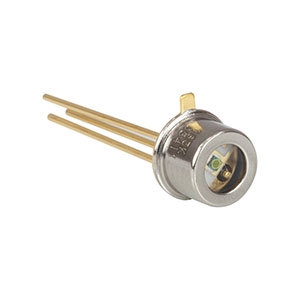

However, CMOS sensors are much more power efficient, leading to longer battery life, and as they are moving closer to CCD in quality over time.ĬCDs are preferable when you want to focus on high-quality images with many pixels and need excellent light sensitivity. Dark current (max.) 10000 pA: Cutoff frequency (typ.) 20 MHz: Terminal capacitance (typ.) 20 pF: Noise equivalent power (typ.) 1.3×10-14 W/Hz 1/2: Measurement condition: Ta25, Typ., Photosensitivity: 780 nm, Dark current. significant for heavier particles such as protons, neutrons and ions. Introduction G Due to the demand of longer battery life and lower cost solutions for wireless personal area network (WPAN) such as IEEE802.15.4, low power single chip CMOS receivers draw great attention 1. In W or W RMS NIEL: non-ionizing energy loss, a category of radiation damage that is more or less the opposite or counterpart of TID. Figure 2.3 noise equivalent circuit for the common-source operation. However, CCD sensors consume around 100 times more power than equivalent CMOS sensors.ĬMOS images tend to have more noise and need more light to create images at the proper exposure. 0.18 Pm CMOS technology and IIP3 of 30 dBm with a gain of 55 dB and noise figure of 31 dB are obtained at 4.86 mW power consumption. MOSFET 1/f noise and power consumption by switched biasing, IEEE Journal of Solid. Performance of CMOS vs CCD sensorsĬCD sensors create high quality images with low noise (grain). Noise Equivalent Power: 9 fW 500nm Ti 1s Dynamic Range: > 3.000 Electronics: 16 bit UART or USB Storage Temperature: - 40☌ to +60☌ Operating Temperature: 0☌ to +40☌.


 0 kommentar(er)
0 kommentar(er)
